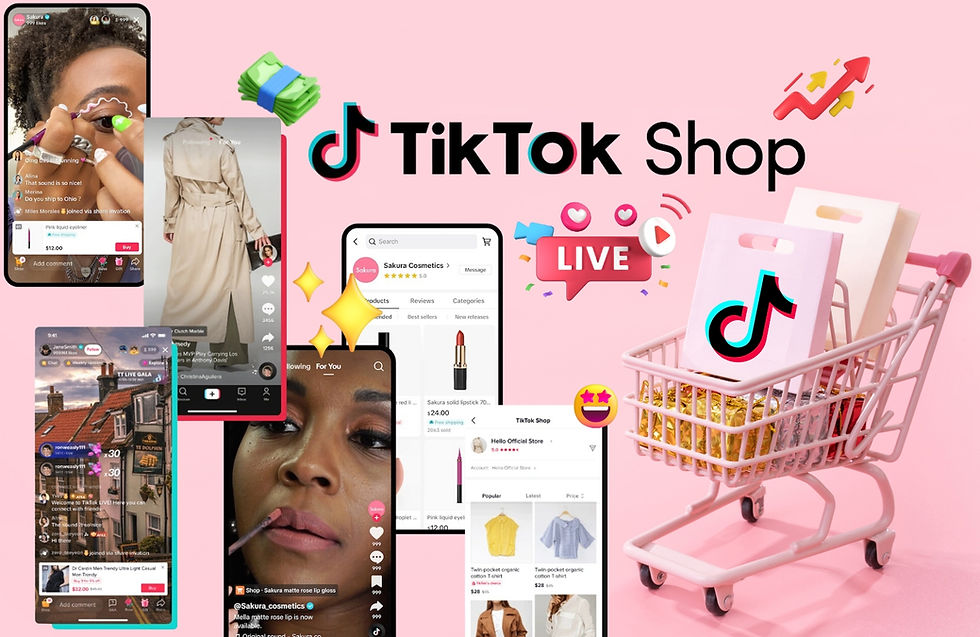Why TikTok’s $5.7B Shopping Frenzy Doesn’t Fit in Europe’s Cart
- tracyngtr
- Jul 11
- 2 min read

TikTok Shop’s Southeast Asian success is a product of sociocultural fit, not just product-market fit. For expansion in Europe, TikTok must shift from entertainment-led impulse buying to trust-led intentional commerce. Without adapting to local consumer psychologies, TikTok risks treating cultural friction as a marketing problem when it's actually a behavioral one.
In Thailand, a TikTok shopping livestream feels like a block party with music blaring, emojis flying, and thousands clicking “buy now” in unison. In Paris or Amsterdam, it feels more like a man yelling into a megaphone outside a concept store. People glance, maybe smile, but they don’t stop.
TikTok Shop is booming in Southeast Asia, pulling in over $5.7 billion in sales in Thailand alone last year. But in the UK, it generated just $1 billion despite heavy subsidies, influencer campaigns, and algorithmic nudges. Why hasn’t Europe shown up to the party?
In Southeast Asia, shopping is a collective ritual. It’s fast, social, and often driven by what others are doing. Nearly 90% of digital buyers say they trust a product more when peers endorse it. TikTok’s viral sales format thrives in this context: you buy because others are buying. There’s FOMO, but also validation.

Europe, by contrast, tends to favour a more individualistic mindset socially and commercially. Here, shopping is less about joining in, more about curating your difference. A livestream sales pitch that energises a group in Jakarta can feel chaotic, almost invasive in Milan. It’s not that Europeans don’t impulse buy. They do. But they prefer to do it in private tabs, not public chat threads.
Then there’s the matter of trust. TikTok Shop’s default aesthetic featuring unbranded items, discount-heavy promos and sellers with no local presence triggers hesitation in markets where price often signals quality. In Southeast Asia, low prices can signal opportunity. In Europe, it can signal risk. To many Western consumers, a £9 lipstick shipped from Shenzhen isn't a deal but a red flag. Shopping in public, especially on platforms like TikTok, feels performative. And in much of Europe, taste is supposed to appear effortless, not algorithmically manufactured.
TikTok Shop isn’t failing in Europe. It’s just speaking the wrong cultural language. It assumes visibility equals appeal, that urgency drives conversion, and that people want to shop together. But in Europe, shoppers want to feel in control, not caught in a crowd.
If TikTok wants to succeed here, it may need to swap out the megaphone for a softer script: curated streams, trusted creators, brand transparency, and most of all, a buying experience that feels quietly intentional instead of performatively viral. In one region, shopping is a celebration of the group. In another, it’s a conversation with the self.




Comments